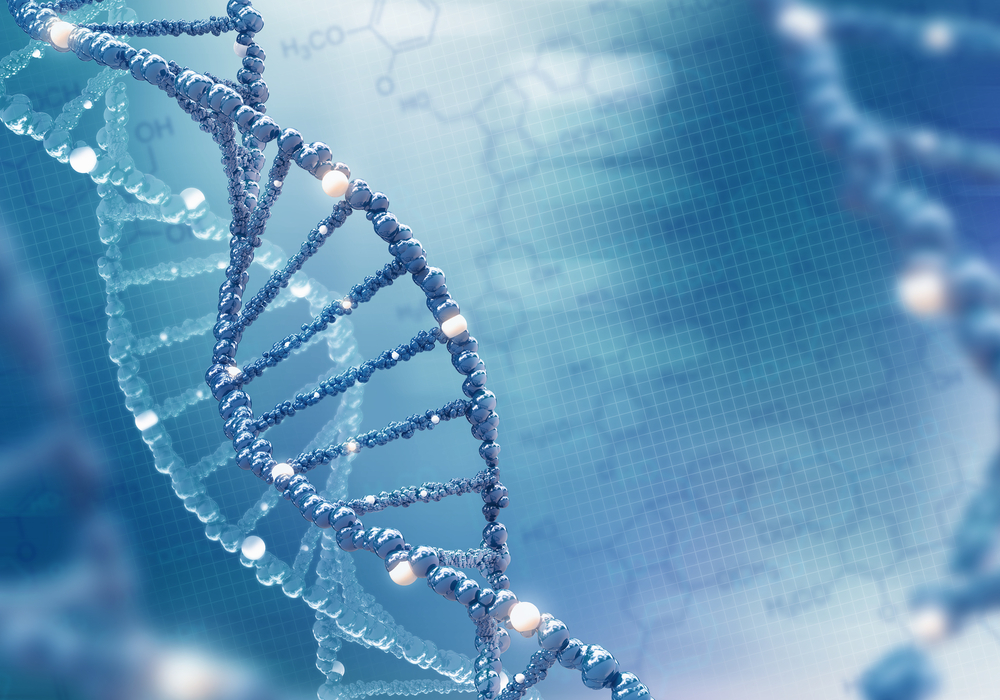1st DMD Mouse Model to Mimic Heart Disease Backs Gene Therapy Efficacy

For the first time, a new mouse model has been shown to mimic the heart disease features — specifically, to progress into late-stage heart failure, similar to humans — of people with Duchenne muscular dystrophy (DMD), a study reports.
Moreover, using the new mouse model, researchers gathered promising data supporting the effectiveness of micro-dystrophin gene therapy, currently being tested in clinical trials. The gene therapy was found to rescue heart function and prevent heart failure in mice.
The new model thus may be used as a preclinical validation step for potential therapies for the prevention of heart disease in DMD, the researchers said.
Titled “Micro-dystrophin gene therapy prevents heart failure in an improved Duchenne muscular dystrophy cardiomyopathy mouse model,” the study was published in the journal JCI Insight.
DMD is caused by mutations in the gene DMD that encodes for dystrophin, a protein critical for the proper function of skeletal muscles — those responsible for movement — as well as the cardiac muscles. Such mutations cause an impairment, or a total lack, of functional dystrophin protein.
Cardiac disease is a main concern for DMD patients. The lack of dystrophin contributes to progressive deterioration of the heart’s muscle, and ultimately heart failure.
Gene therapies are currently one of the most promising strategies for DMD treatment. They work by delivering a functional (non-mutated) version of the DMD gene to muscle cells, allowing these cells to produce the dystrophin protein.
However, the normal DMD gene is particularly large, making it difficult to deliver to cells. As an alternative, gene therapies were designed to deliver a smaller version of the gene that contains the instructions to produce a smaller but working form of dystrophin — the micro-dystrophin protein.
Ongoing clinical trials for DMD gene therapies with young patients suggest that this might help improve skeletal muscle function. However, the impact of such therapies in preventing cardiac disease will only be known in a few years, as heart problems typically only emerge when patients are in their teens.
“It will be a decade before cardiac clinical outcomes are known since trials are being conducted in young boys and DMD cardiomyopathy emerges in the teens,” the researchers wrote.
Moreover, there has not been any mouse model of DMD that could recapitulate, or mimic, the heart disease seen in human patients.
To overcome this barrier, researchers at the Ohio State University and their colleagues developed a mouse model that progresses into late-stage heart failure, similar to humans with DMD. The team then used this new mouse model to assess the efficacy of micro-dystrophin gene therapy in the prevention of progression to heart failure.
“No dystrophic animal model previously existed that reproducibly progressed into heart failure, so the ability of micro-dystrophin delivered post-natally to prevent heart failure is unknown,” the researchers wrote.
Current mouse models succumb to muscle-skeletal disease, which precludes them from surviving for a long enough time to develop heart problems. To solve this, the researchers rescued the levels of dystrophin through a structurally and functionally similar protein, called utrophin, in a preestablished mouse model of the disease.
Specifically, the team introduced the human version of utrophin to rescue the protein levels in skeletal muscle cells only. This was done by introducing the gene together with a “switcher” active exclusively in these cells.
This strategy helped rescue skeletal muscle defects, as shown by the researchers, and allowed the animals to live the necessary time to develop heart disease. Previously the mice had died of skeletal muscle disease by 10 to 20 weeks of age (between 2.5 and five months).
Next, the team assessed the heart disease features of the new mouse model and compared it with other DMD mouse models. They observed that the new mouse model showed enhanced scarring (fibrosis) in the heart’s two ventricles — the main pumping chambers — and inflammation, two hallmarks of DMD heart disease.
Moreover, the new mouse model showed marked impairment in heart function compared with other mouse models. This was shown by a reduction of the ejection fraction (EF), a measurement of how much blood is being pumped out of the heart, and the fractional shortening (FS), which represents the heart’s contractile force. The EF declined from 46% at three months to 34% at 12 months of age, and was significantly worse than in another mouse model.
The new mouse model then was used by investigators to evaluate the efficacy of micro-dystrophin gene therapy in preventing heart failure. Mice were randomly assigned to no treatment (control group) or to receive the micro-dystrophin gene therapy administered directly into the bloodstream.
Heart echocardiogram showed that, compared with untreated mice, those given micro-dystrophin gene therapy maintained their heart structure and function, as shown by an EF of 57% by 12 months of age. This was significantly better than the heart function of untreated mice and similar to the animal DMD model that does not progress to heart failure.
Additionally, the gene therapy prevented a reduction in FS and in the heart’s volume.
An analysis of the animals’ hearts, collected at 12 months of age, showed that micro-dystrophin therapy rescued the levels of dystrophin in the membrane of heart cells. Moreover, there were no signs of damage or scarring, and inflammation was markedly reduced.
“Micro-dystrophin prevented declines in cardiac function and prohibited onset of inflammation and fibrosis,” the researchers wrote.
Overall, the new mouse model not only reproduces the heart disease of DMD, it also will allow for testing different therapeutic interventions to prevent or halt progression to dystrophic heart failure.
“This model will allow identification of committed pathogenic [disease] steps to heart failure and testing of genetic and non-genetic therapies to optimize cardiac care for DMD patients,” the team concluded.






